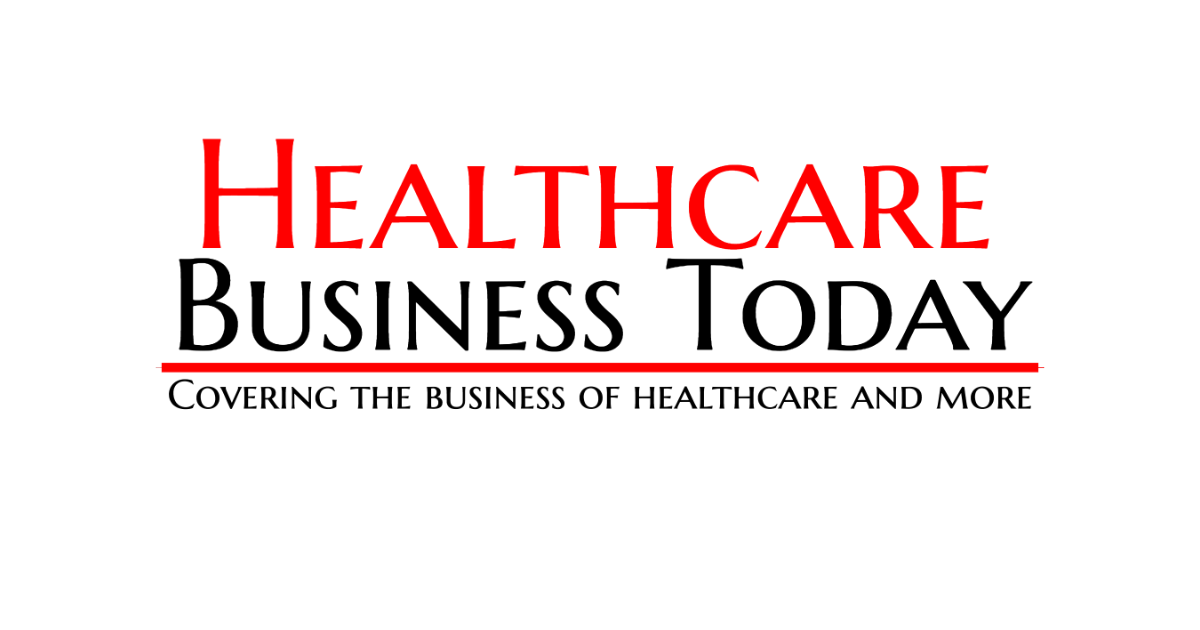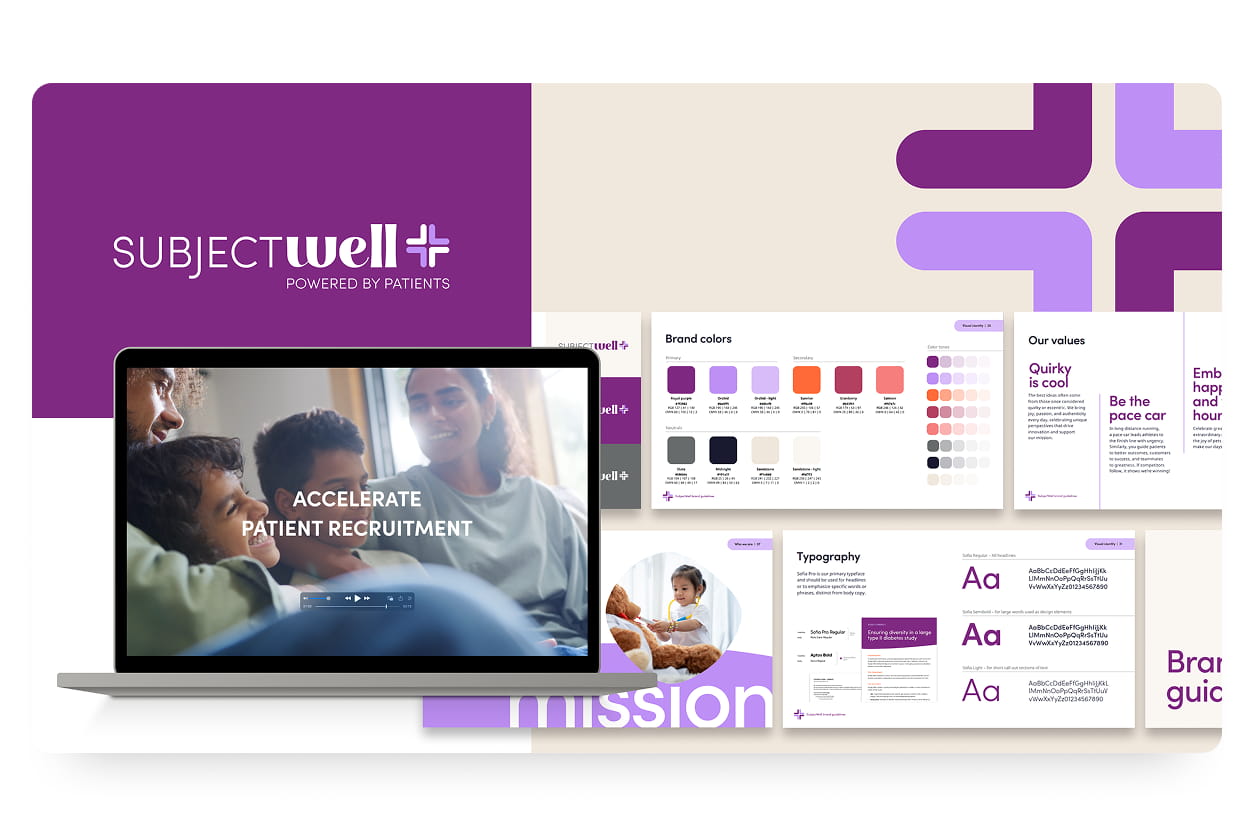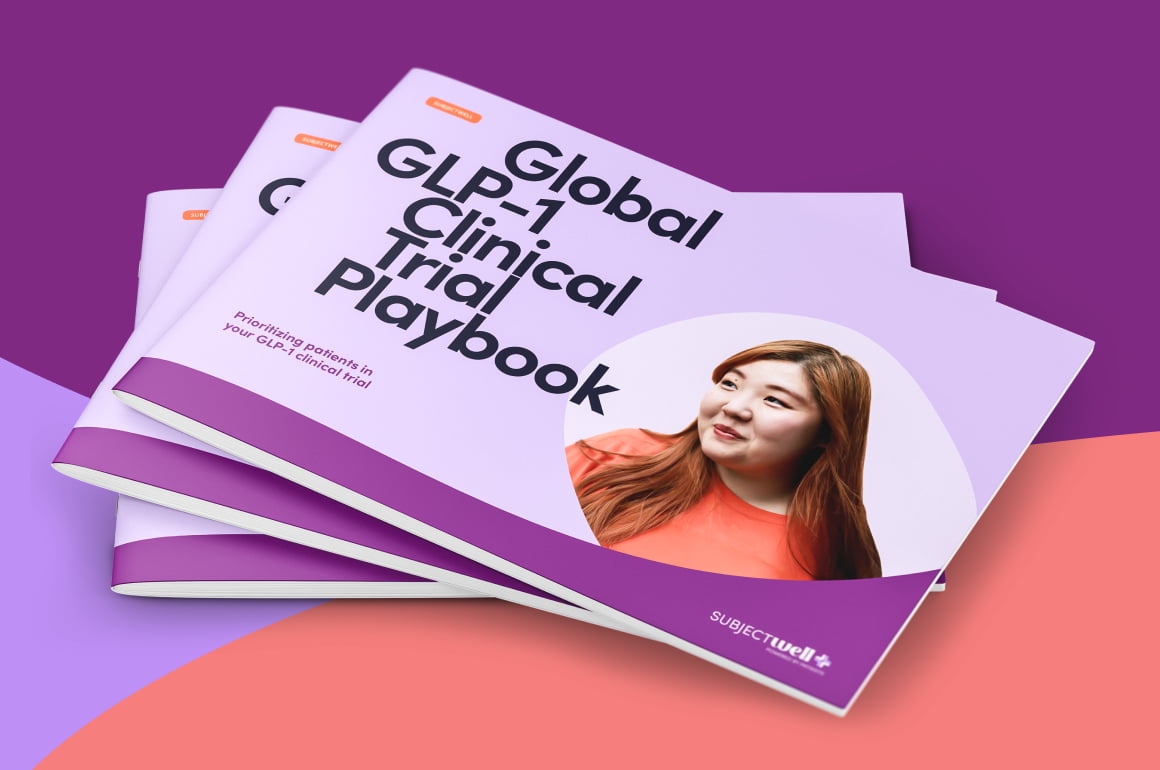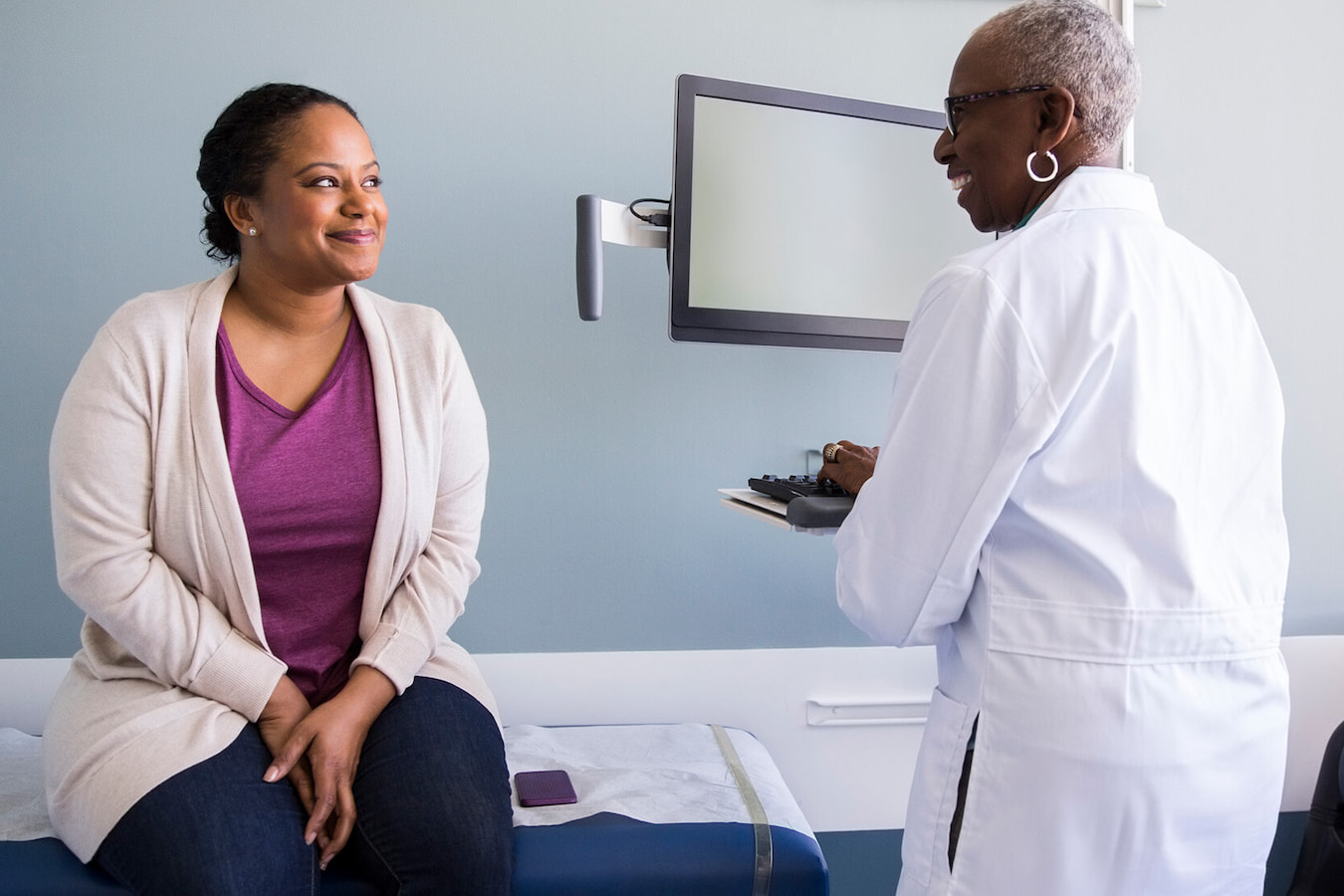
Facebook’s advertising platform offers a wide variety of targeting options, many of which are ideally suited for online patient recruitment.
By now, nearly every industry has recognized the social media’s role as an impactful marketing channel – and clinical trials are certainly no exception. However, many within the clinical research community fail to understand that social media users rely on different sites for different purposes, meaning that not every platform is ideally suited for patient recruitment.
For sponsors and CROs looking to leverage social media to accelerate enrollment, the key is to invest only in those platforms that not only have a large user base, but also boast advanced targeting options that allow them to segment audiences based on key trial inclusion criteria.
Facebook’s advertising platform delivers on both fronts, making it an invaluable tool for generating qualified patient referrals and improving ROI. Here are some key areas of interest for clinical trials.
Demographic Targeting
Facebook’s demographic targeting options allow you to reach prospective participants based on the following considerations:
- Location: enter one or more countries, counties, cities, ZIP/postal codes, addresses, or designated marketing areas to show your ad to people within those defined locations
- Age: select the minimum and maximum age of your audience – especially useful for trials with age-related inclusion/exclusion criteria
- Gender: if your trial has gender-specific criteria or enrollment quotas, you can target your ads to women, men, or all
- Ethnicity: Facebook can target users based on their “ethnic affinity” – e.g., African American, Asian American, Caucasian, Hispanic, etc. – which it determines using an algorithm that analyzes user behavior
- Language: on a similar note, you can target specific audiences based on their language preferences. For example, you might select “spanish” if you’re targeting potential participants within a primarily Latino community
Community and Interest-Based Targeting
Interest-based targeting allows you to target audiences based on their interests and the specific Pages they like. Facebook identifies these interests based on information users add to their profile, Timelines, keywords and categories associated with the Pages they like, as well as other ads they’ve clicked on in the past.
For example, if you’re conducting an Alzheimer’s trial, you can target users who have liked highly relevant community Pages, such as the “Alzheimer’s Association” or “Alzheimer’s Awareness,” which have respective audiences of approximately 781,000 and 567,000. In Facebook’s ad platform, the “Interests” section offers keyword suggestions and provides an estimated audience size for each.
Custom Audiences, Lookalike Targeting, and More
If you have an existing database of prospective participants, you can upload those contacts into Facebook’s ad platform as a Custom Audience. Facebook then allows you to further leverage these Custom Audiences through Lookalike targeting. Put simply, Facebook’s algorithms extend the reach of your campaign by using the attributes (demographic profile, interests, behaviors, etc.) of your Custom Audience to identify and serve ads to similar users. Additionally, a targeted user’s interaction with an ad and ad set, such as a like and share, will direct those same ads to other members of that individual’s personal network.
Refining Your Audience
In order to maximize your ROI, you’ll need to narrow your initial audience to only the most qualified users. When running Facebook campaigns, we utilize real-time and historical performance data, highly relevant interest groups, ethnic affinity, geo-targeting, and more in order to refine a given audience to the top 5 to 15% in terms of relevancy.
For example, in a recent Type 2 Diabetes Trial, we started off with 18.3 million available monthly impressions based on general disease and demographic targeting. We then refined that initial volume to the trial’s specific investigator site markets, which brought the number of monthly impressions to approximately 4.5 million. Finally, we leveraged Facebook’s targeting capabilities to narrow that audience even further, resulting in a target volume of 446,000 impressions per month. Using this tactic (in combination with our advertising efforts across a variety of other channels), we were able to lower the overall CPR by nearly 40% in two months.
To learn more about the benefits of Facebook advertising for clinical trial recruitment, download the full white paper below:





